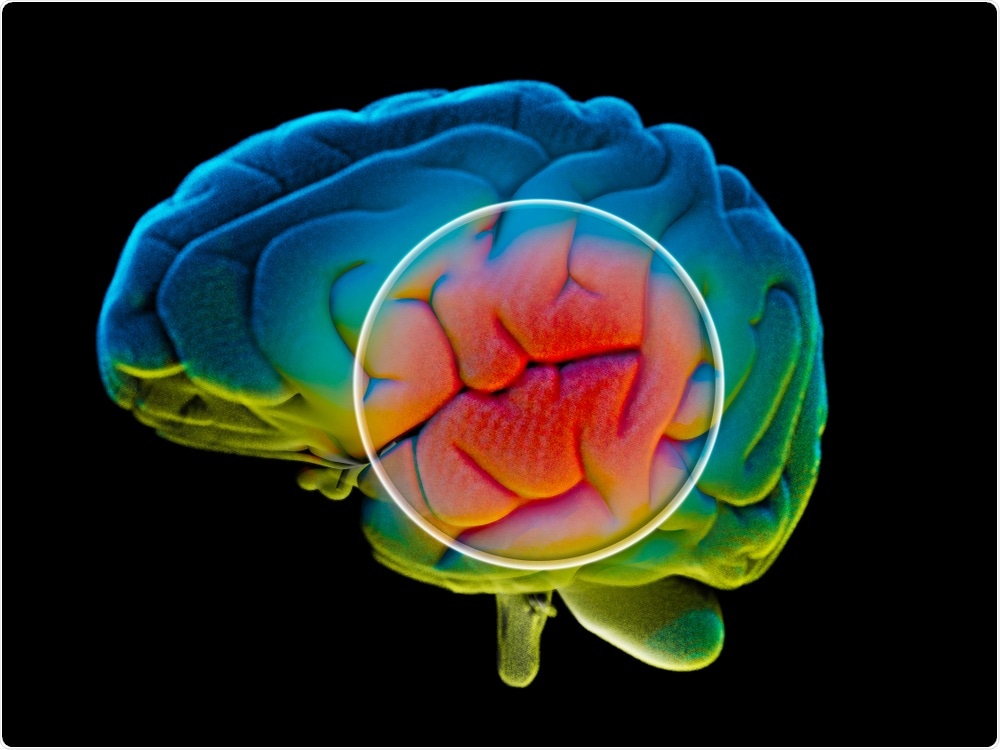Researchers at MIT have found that light therapy can enhance synaptic function and protect against cell death in Alzheimer’s disease. The discovery follows previous research which showed that light therapy could significantly reduce amyloid plaques in mice.
 Naebly | Shutterstock
Naebly | Shutterstock
Bright light therapy is used as a treatment for a number of mental health conditions, including seasonal affective disorder, bipolar depression, chronic depressive disorder, and insomnia. The present research study suggests it may be useful for dementia, too.
The suprachiasmatic nucleus is the partof the brain responsible for regulating the wake-sleep cycle, a cycle that is often disturbed in patients with dementia due to damage to this area of the brain. Bright light therapy has been seen to improve disturbances in the wake-sleep cycle of patients with dementia.
Additionally, light therapy has been shown to reduce aggressive behavior in patients with Alzheimer’s disease or related dementia (ADRD).
Neurodegeneration was ‘largely prevented’
The study, which was published in the journal Neuron on May 7th, found that bright light therapy helped neurons and microglia (a type of immune cell found in the brain) to remove amyloid plaques and inflammation.
Dr. Li-Huei Tsai, Director of the Tsai laboratory at MIT, said neurodegeneration was “largely prevented” with this method of treatment.
The light therapy reduced inflammation, enhanced synaptic function, and protected against cell death in mice models that were genetically programmed to develop Alzheimer’s.
Tsai’s previous study investigated the effects of LED lights flickering at specific frequencies and found that it significantly reduced beta amyloid plaques found in the brain in mice models.
The treatment was shown to induce brain waves called gamma oscillations that inhibited the generation of beta-amyloid plaques and increased the activity of cells that help to destroy these plaques.
‘Very shocking’
For the new study, Tsai and the research team used two different types of mice that had been genetically programmed to develop Alzheimer’s.
One type of mouse had a mutated version of the Tau protein and was named Tau P301S, and the other was programmed to produce a protein called p25 and was named CK-p25. Mutations in tau are known to cause neurofibrillary tangles. Similarly, the p25 protein causes severe neurodegeneration.
The mice were given visual stimulation for one hour every day for three to six weeks. After three weeks of treatment, neurodegeneration was not seen in Tau P301S mice. In comparison, tau P301S mice that had not been given light treatment had lost 15 to 20 percent of their neurons.
CK-p25 mice were treated for six weeks and also showed no neurodegeneration.
I have been working with p25 protein for over 20 years. and I know this is a very neurotoxic protein. We found that the p25 transgene expression levels are exactly the same in treated and untreated mice, but there is no neurodegeneration in the treated mice. I haven’t seen anything like that. It’s very shocking.”
Li-Huei Tsai, Senior Author
‘A promising strategy’
Further investigation revealed that in the neurons of mice not treated with light therapy, the expression of genes linked to DNA repair, synaptic function, and vesicle trafficking, a process key to proper synaptic function, was lower.
Treated mice showed significantly higher expression in these genes, as well as higher numbers of synapses and greater brain wave synchrony between the different areas of the brain.
After studying microglia, it was found that the expression of genes inciting inflammation was increased in untreated mice and decreased in treated mice.
While this suggests that the microglia are key elements in combatting inflammation and reducing the number of molecules capable of forming the detrimental amyloid plaques and neurofibrillary tangles, the exact mechanism causing these beneficial changes is yet to be understood.
“A lot of people have been asking me whether the microglia are the most important cell type in this beneficial effect, but to be honest, we really don’t know,” Tsai explained.
“After all, oscillations are initiated by neurons, and I still like to think that they are the master regulators. I think the oscillation itself must trigger some intracellular events, right inside neurons, and somehow they are protected.”
The study concludes by stating:
Our findings support the notion that manipulating neural-network oscillations may represent a promising strategy to alleviate pathological changes and behavioral performance deficits associated with neurological disorders.”
Further studies into whether bright light therapy is effective in late-stage Alzheimer’s will now be carried out. Phase one clinical trials in humans have also started. Such studies will test the efficacy of light and sound stimulation in patients with Alzheimer’s.
Source:
Adaikkan, C., et al. (2019). Gamma Entrainment Binds Higher-Order Brain Regions and Offers Neuroprotection. Neuron. doi.org/10.1016/j.neuron.2019.04.011.